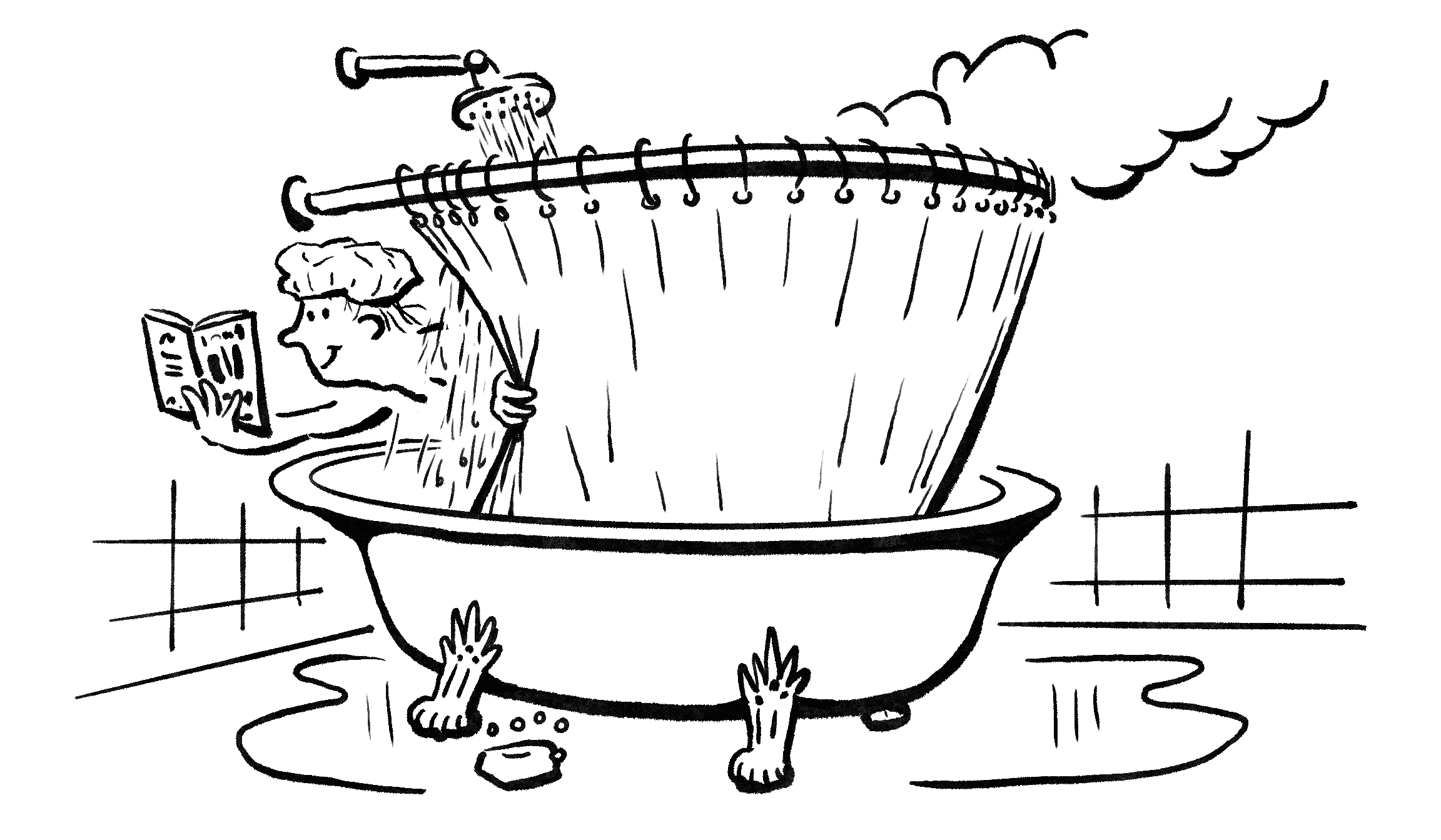Readings Newsletter
Become a Readings Member to make your shopping experience even easier.
Sign in or sign up for free!
You’re not far away from qualifying for FREE standard shipping within Australia
You’ve qualified for FREE standard shipping within Australia
The cart is loading…






This title is printed to order. This book may have been self-published. If so, we cannot guarantee the quality of the content. In the main most books will have gone through the editing process however some may not. We therefore suggest that you be aware of this before ordering this book. If in doubt check either the author or publisher’s details as we are unable to accept any returns unless they are faulty. Please contact us if you have any questions.
The various genera and species of the Orthopteran sub-family Tet- tigidae may be recognized under several names in the reports of a number of entomologists. They range from the form Bulla of LINNE (1767), whose figures are unmistakable, to the recent descriptions of SCUDDER (1900), HANCOCK (1902), and other orthoptologists. Such words as Tettix, Tettiginae and Tettigidae apparently were derived from tettix of Greek origin, meaning grasshopper. The common name, Grouse locust , has probably been applied because of a fanci- ful resemblance of some of these insects to the grouse (Tetraoninae). B I 0 LOG Y 0 F THE GR 0 USE L 0 C U S T S The Distinguishing Characteristics. The following discussion con- cerning the characteristics which distinguish the Grouse Locusts is largely from the detailed descriptions by HANCOCK (1902) and Ro- BERTSON (1915). (See Fig. I). FIG. 1. Lateral, dorsal and frontal aspects of the body of a typical grouse locust, Acrydium (From HANCOCK) They are among the smallest of the Orthoptera. The extremely de- veloped apical process of the pronotum extends backward over the 30 THE GENETICS OF THE TETTIGIDAE (GROUSE LOCUSTS) Explanation of Plate I (All figures from HANCOCK, 1902) FIG. 1. Choriphyllum /oliatum HANCOCK. Female from Jamaica. FIG. 2. Nymph of Acrydium obscurus HANCOCK. FIG. 3. Tettigidea parvipennis preparing the burrow for the eggs. FIG. 4. Acrydium granulatus SCUDDER. Female. FIG. 5 and 6. Dorsal and profile views of posterior abdominal appen- dages of a male Acrydium hancocki MORSE.
$9.00 standard shipping within Australia
FREE standard shipping within Australia for orders over $100.00
Express & International shipping calculated at checkout
This title is printed to order. This book may have been self-published. If so, we cannot guarantee the quality of the content. In the main most books will have gone through the editing process however some may not. We therefore suggest that you be aware of this before ordering this book. If in doubt check either the author or publisher’s details as we are unable to accept any returns unless they are faulty. Please contact us if you have any questions.
The various genera and species of the Orthopteran sub-family Tet- tigidae may be recognized under several names in the reports of a number of entomologists. They range from the form Bulla of LINNE (1767), whose figures are unmistakable, to the recent descriptions of SCUDDER (1900), HANCOCK (1902), and other orthoptologists. Such words as Tettix, Tettiginae and Tettigidae apparently were derived from tettix of Greek origin, meaning grasshopper. The common name, Grouse locust , has probably been applied because of a fanci- ful resemblance of some of these insects to the grouse (Tetraoninae). B I 0 LOG Y 0 F THE GR 0 USE L 0 C U S T S The Distinguishing Characteristics. The following discussion con- cerning the characteristics which distinguish the Grouse Locusts is largely from the detailed descriptions by HANCOCK (1902) and Ro- BERTSON (1915). (See Fig. I). FIG. 1. Lateral, dorsal and frontal aspects of the body of a typical grouse locust, Acrydium (From HANCOCK) They are among the smallest of the Orthoptera. The extremely de- veloped apical process of the pronotum extends backward over the 30 THE GENETICS OF THE TETTIGIDAE (GROUSE LOCUSTS) Explanation of Plate I (All figures from HANCOCK, 1902) FIG. 1. Choriphyllum /oliatum HANCOCK. Female from Jamaica. FIG. 2. Nymph of Acrydium obscurus HANCOCK. FIG. 3. Tettigidea parvipennis preparing the burrow for the eggs. FIG. 4. Acrydium granulatus SCUDDER. Female. FIG. 5 and 6. Dorsal and profile views of posterior abdominal appen- dages of a male Acrydium hancocki MORSE.